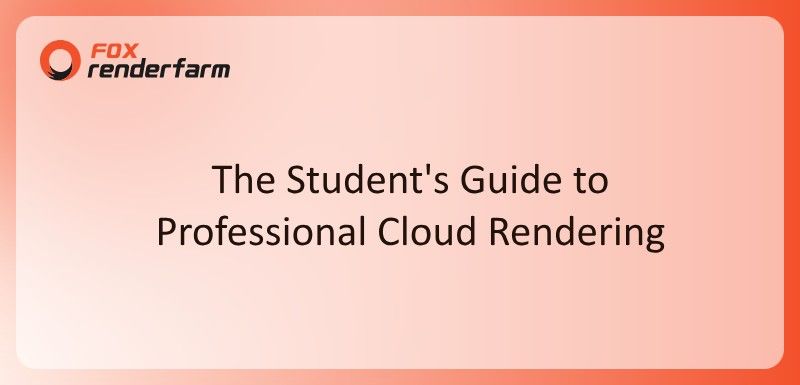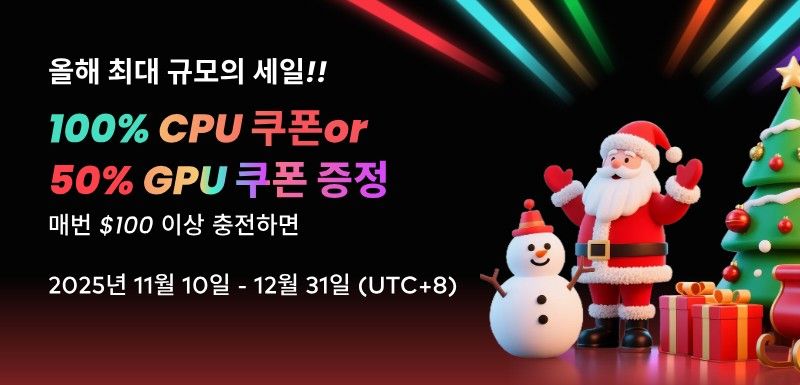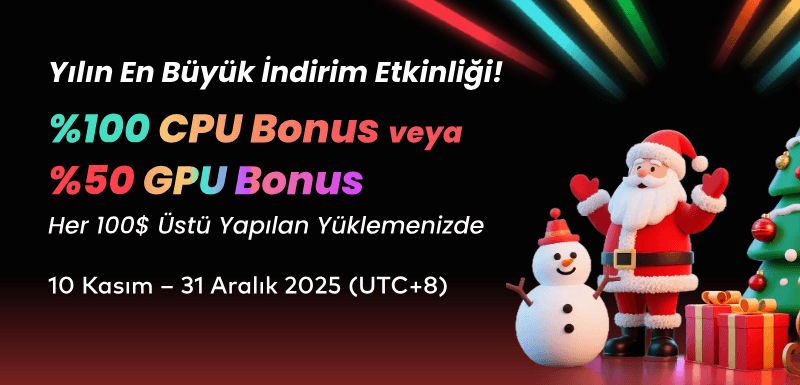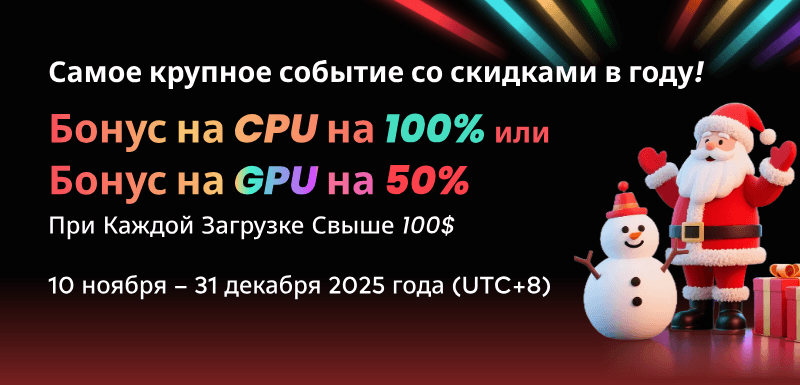Animation usually appeals to artists and studios looking to engage viewers with lively characters and scenes. Hence, they create figures that bounce, collide, and react in ways that feel real or entertaining. Beginners may wonder how to make motion real rather than stiff. On the other hand, professional animators may search for new methods to inject personality into their work.
However, a challenge lies in portraying weight or energy, so the audience connects with the on-screen action. That’s where one central concept of Squash and Stretch comes in, giving life to even the simplest shapes or most complex facial features. This article will explain squash and stretch and what techniques you can use for smooth animations. Furthermore, you will learn about its use and what challenges and limitations it faces.
Part 1. What is the Squash and Stretch Concept?
Squash and stretch animation is a principle that shapes how objects compress or elongate during motion. When characters bounce or collide, this emphasizes changes in volume to make actions convincing. It also often appears in classic cartoons or modern videos where animators highlight weight and flexibility. With this, a character's face will become long in a loud shout, then it comes to its original shape, emphasizing stress.

Furthermore, in 2D animation, the shape of a drawing changes from one frame to the next. The animator draws an object slightly wider and flatter when it hits a surface, and longer and thinner as it moves away. Conversely, 3D animation uses digital tools and software, where you can adjust the shape of a model during movement, making things feel alive and natural.
Part 2. Why Use Squash and Stretch?
As you now understand the concept of squash and stretch animation, let's discuss some specific reasons why these principles matter:
- Clear Sense of Impact: Users apply squash and stretch to reveal collisions by flattening shapes at contact points, highlighting striking moments in any scene. That temporary deformation captures the force of each impact, then swiftly returns to its default shape.
- Comic Timing: The use of exaggerated squashing and stretching at key instants can boost laughs, especially during quick slip-ups and slapstick gags. These bold shape changes break normal continuity for a second, surprising viewers with abrupt comic beats.

- Smooth Transitions: While using squash stretch animation connects extreme poses, removing sudden breaks in movement or stiff transitions between poses. Moreover, each shape shift eases bodies from one pose to the next, helping viewers follow arcs easily.
- Enhances Style: This technique can match the look or style of different animations, from serious to silly. Furthermore, it allows artists to change the motion style to fit the story they are telling, which can be used in cartoons or games.
- To Bring Emotions: Users can try this to show how characters feel with changes in shape, like surprise, fear, or happiness. Even without words, viewers can guess emotions by watching the face or body movements.

Part 3. Techniques for Applying Squash and Stretch in 2D and 3D Animation
Now that we have explored the use of animation squash and stretch, we’ll go through their techniques in 2D and 3D animation:
- Use Guides or Grids: Grids help you check shape changes and keep the design consistent throughout the motion. Squash and stretch offer a visual map that makes it easier for users to stay on track and helps maintain size and balance while reshaping for motion.
- Follow Arcs of Motion: Most natural movements of squash and stretch follow curved paths, and arcs to keep the motion smooth and flowing. Besides, users can shape changes around these paths to guide the action clearly and make the animation look smooth or flat.

- Keep Volume Constant: Animators should focus on shapes as they bend or stretch, but the overall size must feel stable to the viewer. Thus, keeping the volume steady avoids visual confusion or awkward motion, resulting in movement that does not break the form of the character.
- Match with Timing: Stronger shape changes go well with faster actions, while slower moves need softer shape shifts. Additionally, users can decide the length of each action to manage how much shapes change, ensuring the stretch animation perfectly fits any scene’s overall tone.
- Blend Subtle and Bold: Some scenes only need gentle shape shifts, while others gain humor or suspense from large deformations that catch the eye. Furthermore, squash animation might hint at surprise, but long stretches highlight dramatic jumps or comedic collisions.

Pro Tip for 3D Artists: Improve 3D Animation Rendering Efficiency
As discussed earlier, creating animated cartoons and short videos using squash and stretch is not a difficult task. However, animators face real challenges when rendering complex animations, and multiple filters are applied to them. Additionally, rendering requires massive computational power, and offline rendering demands expensive hardware on PCs. Hence, animators should use Fox Renderfarm, a powerful cloud rendering service with which they can improve 3D animations easily.

This render farm works effectively with Windows, Mac, and Linux, allowing users to render animations on any device. Furthermore, animators can pick CPU or GPU resources depending on project needs, rendering everything from simple scenes to high-end effects. It also offers 24/7 customer support with high availability and no unnecessary waiting.
Key Features
- Security and Confidentiality: Fox Renderfarm stands out with ISO27001 certification and TPN accreditation, ensuring top-level data protection. Moreover, it provides secure data transmission via a proprietary protocol, ensuring the confidentiality of animation projects.
- Plugins and 3D Software: Users can directly migrate their squash and stretch animation to this online rendering service since it supports nearly all popular 3D software and plugins. Hence, you can seamlessly render animated film projects created through software like Blender, Maya, Cinema 4D or 3ds Max.
- Affordability: This service makes cloud rendering inexpensive by providing new user a $25 render coupon on their first login as a welcome bonus. Additionally, it offers freelance support by giving customers a discount coupon of up to $2,000.
- Vast Storage: It supports fast SSD-based storage, which eliminates common slowdowns or I/O bottlenecks during the rendering process. Besides, large or demanding projects flow smoothly with swift data access and hassle-free processing.
- High Transmission Speed: The embedded Raysync technology helps speed up your work by letting you upload and download projects instantly after rendering. Plus, with up to 99.99% rendering service availability, you get a stable pipeline that remains swift and reliable from start to finish.
Part 4. Challenges and Limitations of Squash and Stretch
Upon exploring how to apply squash and stretch animation, it becomes important to understand some of the common issues and limits that come with it:
- Excessive Distortion: Excessive shape distortion in every frame can make viewers lose track of important actions, leading to confusion. Users often limit strong volume changes to major hits or comedic bits that underline key scenes.
- Mismatched Tones: Broad squash stretch animation can clash with dramatic scenes styled for realism, creating awkward feelings among viewers. Users might favor subtle volume shifts instead, preserving serious moods while adding lifelike references to shape changes.
- Hard to Control: Getting the right amount of shape change takes practice and a good sense of motion. Furthermore, users will usually exaggerate or underplay the deformation, requiring careful adjustment for smooth, balanced movement.
- Needs Proper Tools: Some animation tools or models are not made for shape bending and stretching. Additionally, users need flexible setups that support this kind of movement during the process, making the animations work smoothly.
- Confusing Overlaps: Multiple distortions in one scene can overlap, distracting viewers from the main action or making it hard to read. Therefore, less shaping can be better, since too many distortions on multiple characters overshadow vital plot details.
Conclusion
In summary, squash and stretch animation is a key technique that adds life, motion, and emotion to 2D and 3D animated scenes. As discussed in this article, it takes practice to master shape changes, but it helps animators create smooth, lively movements that connect better with viewers.
Hence, speed up rendering and handle complex animations using an online service like Fox Renderfarm, which can make the process faster, easier, and more reliable.














